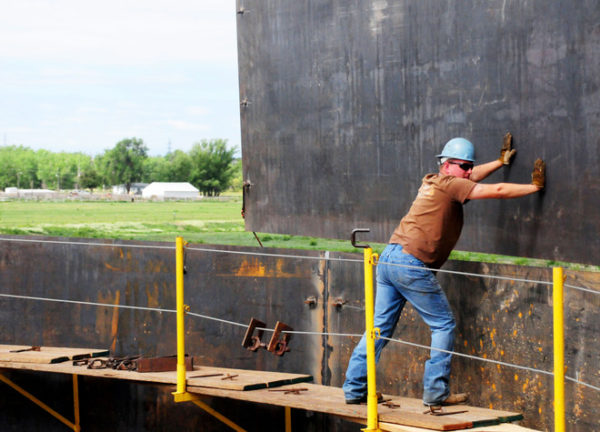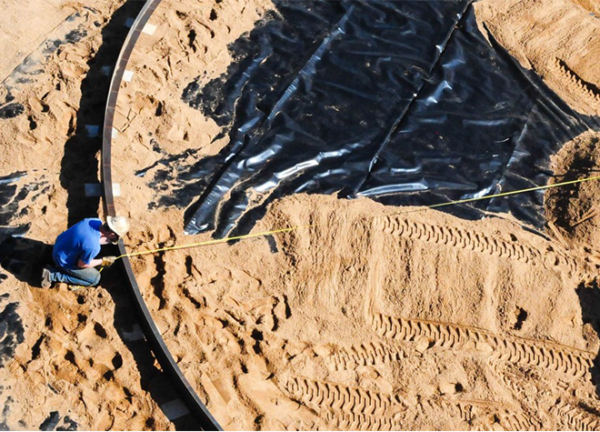Not all tank companies are the same, because some tank companies either disregard or do not strictly adhere to the specifications like Heartland Tank, LLC does. Heartland Tank, LLC stands out from the competition due to listening to the clients’ needs and building tanks with integrity by using the appropriate Standards. Contact us to learn more about how using Heartland Tank Services ensures a quality and safe tank.
History of API 650 Standard
The American Petroleum Institute can trace its roots back to World War I, where the government worked with domestic oil and natural gas companies to support the war efforts. In recognition of the need for consistency in supplying fuel throughout the country and to promote the interests of the petroleum industry, the American Petroleum Institute was created in 1919.
One lesson learned through independent oil companies working together in the war effort was that there was no uniformity of equipment. This was a big problem when the companies tried to pool their resources to build piping; the pipes and threading were different sizes. As a result, the American Petroleum Institute developed standards for all areas of petroleum equipment, including tanks for storage. API’s initial standards date back to the 1930s. The API 650 Standard that addresses the material, design, and fabrication of above ground petroleum storage tanks was first published in 1961. The Standard has since been revised frequently to keep pace with new technology and research on how to make above ground storage tanks safe to operate.
The Standard has gained international recognition and is the standard of choice of most builders of large liquid above ground storage tanks. One reason for this is that the API 650 Standard was created and is revised by API committees comprised of the world’s best tank structural engineers who also rely on the experience of tank owners and tank construction companies. Second, the Standard calls for calculations based on the specific gravity of the liquid product being stored. This permits the thickness of the steel needed as well as other specifications of how the tank is built to be determined by the weight of the product. Thus, the Standard has the built in flexibility to be used in building tanks to store a wide variety of products while ensuring the structural stability of the tank.
API 650 Standard Specifies Requirements for:
- Type of material to be used
- Calculation used for steel material thickness
- Narrow range of tolerances for peaking and banding of shell
- Weld spacing
- Thickness for nozzle and manway reinforcement pads
- Welder requirements and testing certifications
- Structure variances based on earthquake or heavy wind conditions



